Echoes of Ancient Lands
HHuchappayyagudi Temple Aihole India
Mother Masala Tours
Ornate Ceiling Carved Shiva Temple
Huchappayyagudi Temple Aihole India. Located in the state of Karnataka, the Temple is a prominent historical site that reflects the intricate connections between spirituality and artistry. Dating back to the 9th century CE, this temple stands as a testament to the innovative craftsmanship carried out during the reign of the Western Chalukya Dynasty. The name "Hichappayya" signifies the local deity worshipped here, further enriching the cultural identity of this sacred site. Initially constructed by King Somesvara I, the temple served as a significant center for devotion and local governance, where both spiritual and temporal leaders congregated.
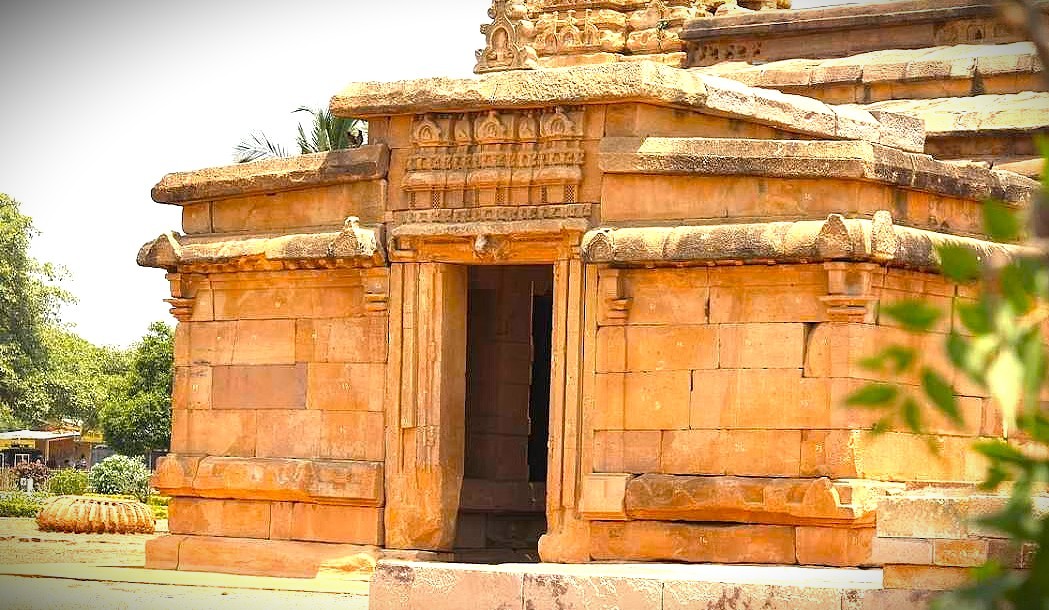
Huchappayyagudi Temple Aihole India: Timeless Artifacts
Within the Temple lies a collection of artifacts that encapsulate the essence of the site. Many of these objects demonstrate the intricate craftsmanship from the time, revealing sculpted figures and inscriptions that detail stories from local mythology. The temple is accompanied by sacred spaces specifically reserved for rituals that draw upon ancient practices, making it more than just a physical structure. Here, we can witness the confluence of religion, history, and community, where the atmosphere is imbued with reverence. Ceremonial vessels, ancient manuscripts, and stone carvings that depict divine beings and significant events highlight the uniqueness of the offerings.
Ancient Mosaics: Impeccable Craftsmanship
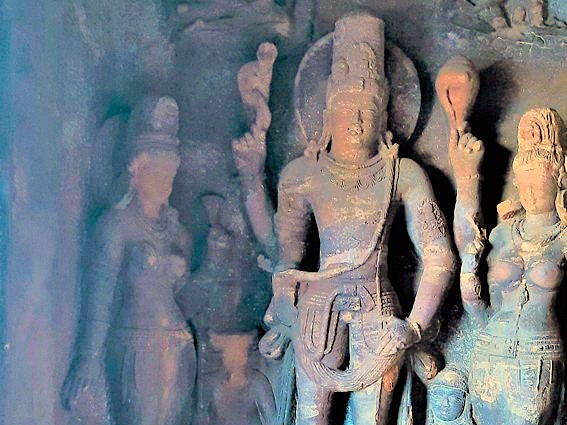
The craftsmanship found at the site is a testament to the skills of artisans from centuries past. The intricate carvings adorning the temple walls reflect the high level of artistry involved in its construction. Every chiseled figure represents a local deity, mythological narrative, or an everyday scene, each contributing to the temple's character. This incredible detail in stonework conveys stories significant to the local community and their beliefs. Master sculptors and craftsmen used locally sourced materials, such as sandstone and granite, which were skillfully shaped to create delicate patterns and intricate designs.
The Pulse of the Local Community
Huchappayyagudi Temple Aihole India. The atmosphere at the Hichappayyagudi Temple Aihole, is defined by the warmth and hospitality of the local community. Embodying a spirit of connection, the people engage with those who come to the temple with a friendly demeanor that is inviting and inclusive. Traditional life often merges with the site’s practices, resulting in an environment where culture and spirituality intertwine. You will encounter locals who are eager to share stories about their heritage and the significance of the rituals performed at the temple. This deep well of knowledge reflects their dedication to preserving traditions and welcoming newcomers into their unique spiritual journey.
Capturing the Magic: A Photographic Haven
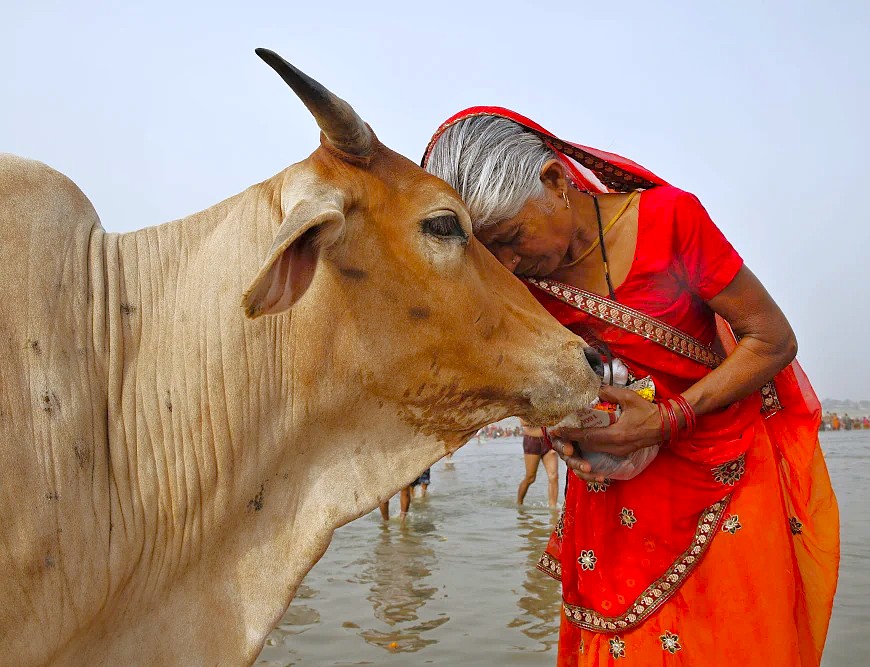
We find many chances for photography at this site, seeing rich textures and inviting visuals. From ornate carvings to calm surroundings, countless scenes beckon us to take pictures. As we stroll, unique vantage points reveal aesthetic treasures for our viewing. This preserves our simple journey through the space, allowing us to record what we see. We can take images of the carved stone and the quiet areas around us. Each corner offers a good view for a simple photograph, showing many clear details. The river and sky also provide backdrops for interesting pictures. We simply record what we see around us in a clear way.
Festivals of Devotion: Honouring the Sacred and the Divine
The calendar year is filled with various festivals that highlight the enthusiasm of the local community and their commitment to the deities revered at the temple. One of the main celebrations is Mahashivaratri, which typically takes place in February or March. During this festival, the atmosphere transforms as devotees gather in large numbers, engaged in night-long prayers and chanting, creating an immersive experience filled with devotion. Another important festival is Gudi Padwa, celebrated primarily in April, marking the New Year according to the lunar calendar. It involves the decoration of homes, preparation of special dishes, and rituals at the temple, enhancing the sense of community and spirituality.
The Connection with the Gods

The legends surrounding the deities associated with offer fascinating insights into the spiritual life of the community. The principal deity worshipped here is Shiva, revered for his ability to transform and maintain cosmic balance. Tales recount how the locals would pray for his blessings, seeking guidance and protection during difficult times. Additionally, the presence of other divine figures, such as Parvati and various celestial beings, adds layers of meaning to the rituals and practices observed by the devotees. These stories are not only told during ceremonies but are also ingrained in the cultural fabric.
Ancient Technologies: Sound, Sacred Geometry & Astrological Influences
Huchappayyagudi Temple Aihole India. A noteworthy component of the temple is its utilization of sacred geometry that enhances spiritual experiences. The overall layout and pattern align with ancient principles of Vastu Shastra designed to create harmonious energy within the structure. The careful placement of stones, chosen for their energetic properties, embodies a philosophy that resonates with the principles of healing. Sound also plays a crucial role here, as the design amplifies natural acoustics, allowing chants and prayers to resonate in captivating ways. Sacred frequencies, such as the Solfeggio frequencies-specifically 396 Hz (liberation from fear) and 528 Hz (transformation and miracles).
Serendipitous Meetings: Beyond the Main Path
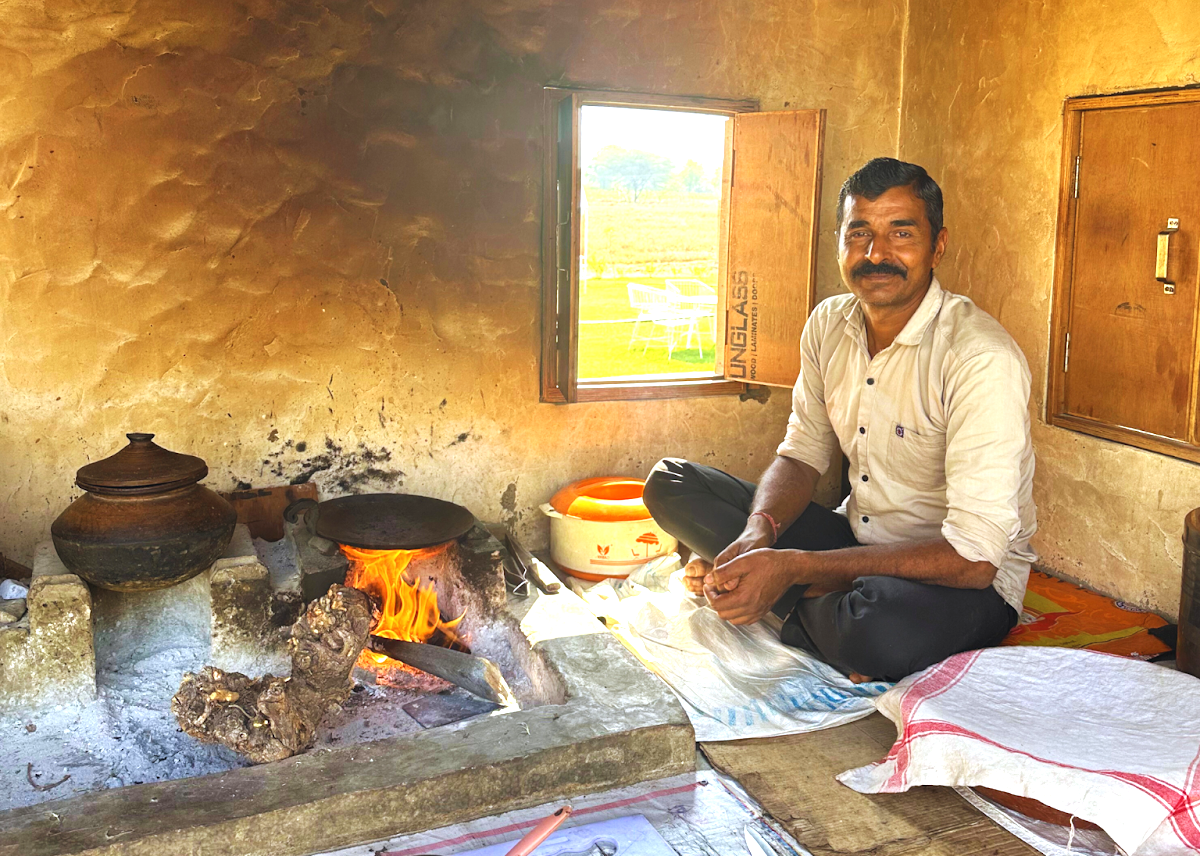
Exploring the surroundings reveals a plethora of suprises waiting to be discovered. As you wander around, you might come across local craftsmen skillfully creating traditional handicrafts, from pottery to textiles. These artisans often work in small workshops tucked away from the main thoroughfares, offering insights into their time-honored techniques. Discover quaint eateries offering regional dishes made from locally sourced ingredients. These establishments add to the relaxed atmosphere as you immerse yourself in the culture over a cup of authentic chai or a well-crafted meal.
Resilience and Renewal: Overcoming Adversity's Challenges
The history of the Hichappayyagudi Temple Aihole, is one of perseverance against adversity. In 1346 CE, the site faced significant threats during the invasions led by the Bahmani Sultanate, which sought to weaken the local authority. Despite the turmoil, the community rallied together, preserving their customs and proactively maintaining the temple’s sanctity. In more recent history, the 2006 floods greatly impacted the region, but through determination and collaborative effort, restoration work began immediately. Local craftsmen utilized traditional techniques to repair damage while reinforcing the structure, ensuring that the legacy continues.
Urban Legends: Strange Sightings, Myths, and Mysteries
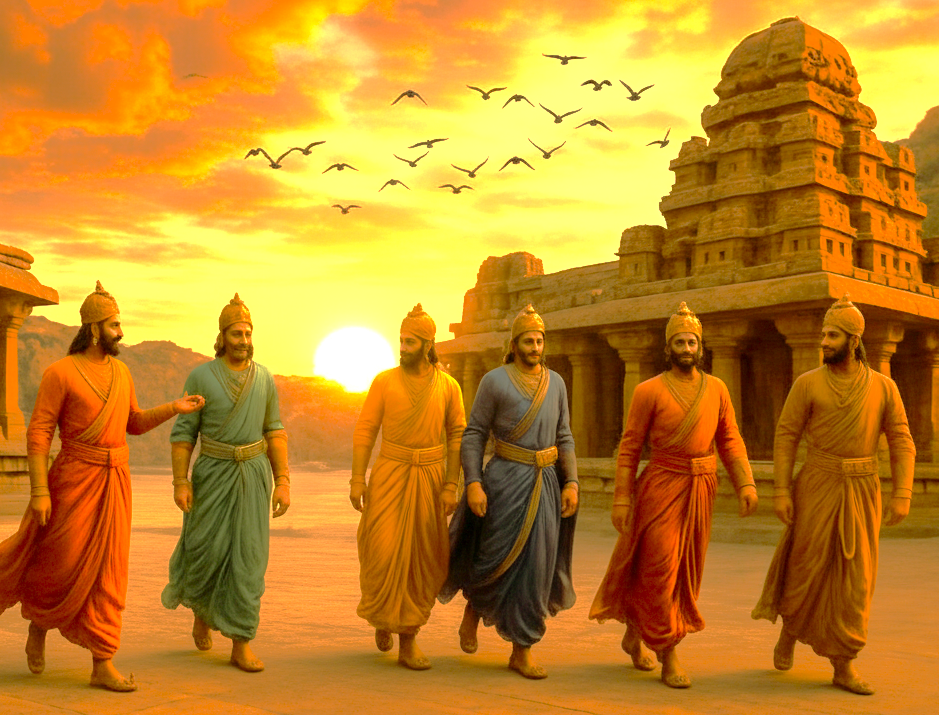
Huchappayyagudi Temple Aihole India. Local folklore speaks of supernatural encounters, featuring phantoms of past kings believed to wander the vicinity. These specters share stories from long ago, enriching the temple's history. Such legends often intertwine with daily practices and rituals, forming the rich cultural life experienced here. One narrative speaks of Hichappayya's specter, appearing during certain ceremonies to offer guidance to seekers on their paths. This makes the temple a center for enduring narratives. We observe simple traditions carried on today, learning how the ancient stories shape present routines in this place.
Pack Your Spirit of Adventure: Dare to Discover More
Join us as we delve the layers of history, spirituality, and culture present in this region. You will encounter stories and experiences that resonate deeply with those who seek meaning and connection. From the intricacies of local customs to the artistry that defines this sacred space, your journey promises to be immersive.
Symphony of Generosity: Offerings from Wanderers to Residents
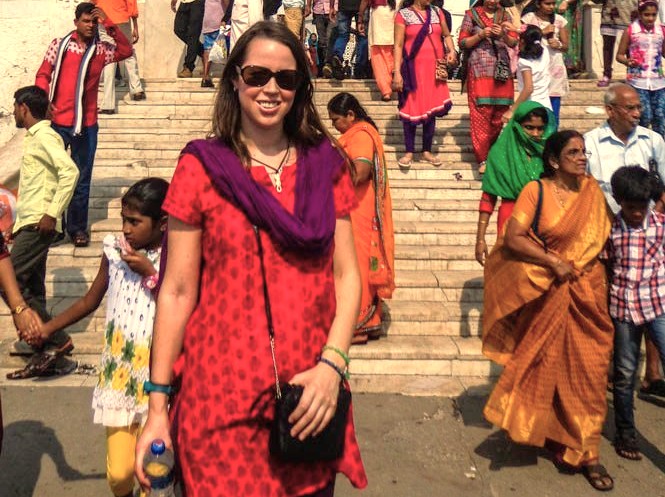
The exchange of money creates clear benefits for both those who visit and the local community. We purchase handmade goods like pottery and textiles, directly supporting the workshops of local artisans. This spending provides a steady income, allowing craftspeople and vendors to continue their work. Locals also offer services such as preparing meals or guiding small groups through the area. Each transaction contributes to the local economy, helping small businesses remain active throughout the year. We receive unique items and local foods while the community sustains its livelihood.